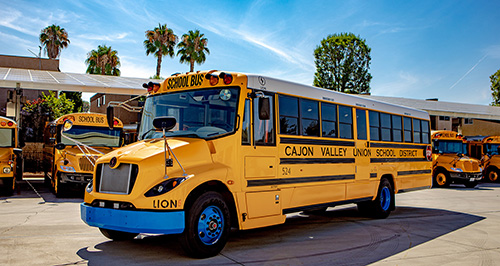Talk about a company that hates their customers…
A database with a bad record was used by Tesla to disable a critical car feature and then deny/ignore all customer complaints.
Tesla had intentionally deactivated Erickson’s supercharger feature for safety reasons. Here’s why. When replacing Erickson’s battery, Tesla says they discovered that Carfax listed her car as having a salvaged title due to being totaled in a collision. As a result, Tesla removed the supercharger feature as a safety precaution. But Carfax’s information was wrong because an insurance company provided incorrect information. Erickson’s car was never totaled.
Tesla “discovered” is more like bad surveillance, probably by some under-paid sloppy investigation task workers setting a bad example in Chinese prisons.
On Tuesday, the Tesla boss praised Chinese factory workers for pulling extreme hours while taking a shot at American workers. […] Tesla restricted its Shanghai workers from leaving the factory…. While locked inside, the workers were reportedly made to work 12-hour shifts, six days in a row, and to sleep on factory floors. […] Labor rights and safety violations have been reported at Tesla’s Shanghai factory since it opened in 2018, with some workers making as little as $1,500 a month in what an investigation by local journalists called the “Giga-sweatshop.”
Tesla claimed to be giving high praise for its unfortunate sweatshop victims as they were squeezed before being dumped ungratefully.
Tesla Inc. is laying off workers at its Shanghai plant…
I wonder if Tesla removed the “Arbeit Macht Frei” posters before or after they decided to layoff their workers locked inside the factory.
Safety reasons?
Tesla is by definition the opposite of safety.
Apparently if anyone anywhere in the massive information supply chain poisons a single database record Tesla will blindly ingest and act on it immediately without any integrity check or verification… acting unsafely for safety reasons. Is Carfax often wrong? Does a chicken have wings? It’s a marketing site that buys reports from far too many sources with little to no integrity verification.
- Carfax pulls information from more than 112,000 sources and that sometimes can lead to errors.
- Auto Damage Experts Warns Against Using CARFAX for Diminished Value
- One man said Carfax and Autocheck.com both reported his car was damaged, costing him thousands of dollars in value.
- Mistakes happen. A Carfax report has been likened to a credit report for vehicles. The information comes from a variety of sources.
- “All they can tell me is that it’s not my insurance company.” It takes a lot of work to fix errors on car and credit history.
- Carfax error leads to a diminishing estimate of a car’s value, but one owner fought back.
- Carr went to CARFAX with his vehicle maintenance records and a letter from his insurance company. CARFAX removed the total loss report.
Tesla safety is an oxymoron, their highly unsafe data “ingestion” methods from the known untrustworthy Carfax being no exception.
Sounds like the same company that created a driverless “safety” product, one that keeps crashing into huge trees and flashingly obvious firetrucks, is bad at basic data safety. Presumably here again they operate with only selfish reasons.
“I wouldn’t characterize it as customer service,” she said. “I mean, there’s not a way to email them. There’s a way to communicate on the app but they don’t respond. I’ve looked back, I’ve sent over 30 emails, every single day I’ve been dealing with this and rarely getting a response.”
Nothing says caring about customers like treating them as poorly as their Chinese workers being locked inside a factory: totally ignoring basic needs, giving no response to dozens of complaints about obvious and easily fixed problems.
